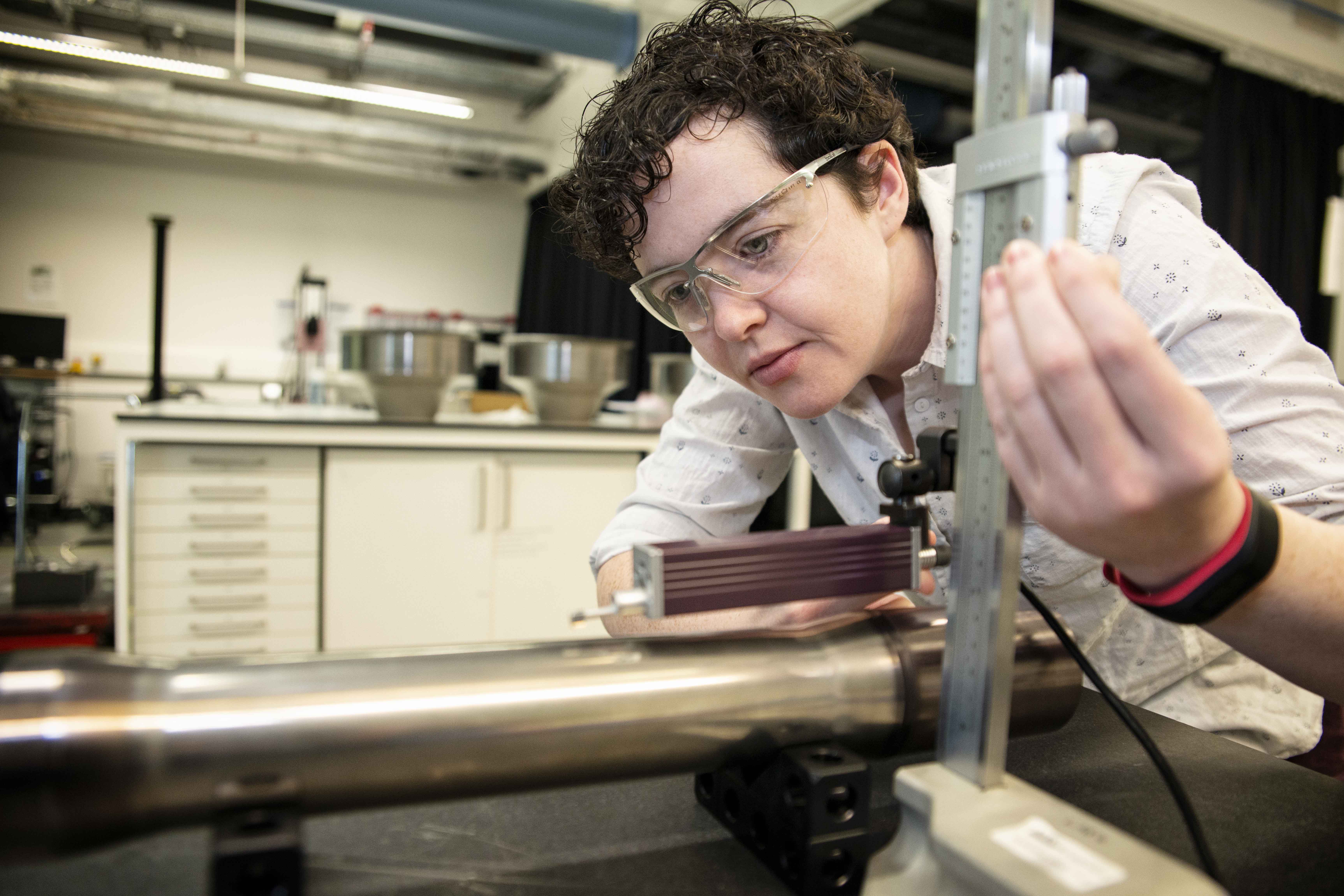
The University of Strathclyde’s Advanced Forming Research Centre (AFRC) in the UK is reportedly working with Airbus Defence and Space (Airbus DS) and TWI Ltd to develop new ways to manufacture space propellant tanks.
This is part of a two-year collaboration funded by the European Space Agency (ESA), the center says, which aims at producing initial components at as near to net shape as possible, reducing machining time and waste of expensive metals such as titanium.
‘Airbus DS is at the forefront of the industry and this collaboration sees us looking at the components needed to make the propellant tanks and advising on potential manufacturing methods,’ said Dr Jill Miscandlon, head of the project at the AFRC.
According to Dr Miscandlon, a space propellant tank is generally made of two hemispherical domes and a cylindrical section. The parts are forged, heat-treated and machined down to the required final thickness before they are welded together. They are very thin structures and machining them down from the original thickness can result in significant material waste, in addition to the high cost of the machining.
‘Over the past four months, we’ve been looking at methods of achieving near net-shape manufacture, at the same time maintaining the material properties because in space it has to be structurally sound,’ she said. ‘The tanks must be strong enough to store propellant, such as Hydrazine or Xenon gas, under high pressure during a mission’s lifetime, which could be more than 25 years. At the same time, for some un-controlled re-entry LEO (Low Earth Orbit) satellite platforms, upon return, they should vaporize upon meeting the upper atmosphere so not to present a risk to people and facilities on Earth.’
The partners says that they will try technologies such metal forming, superplastic forming or additive manufacturing (AM) to produce the tank parts at closer to net shape.
‘Key to the project is making components in a shorter lead-time and wasting less expensive material, which is essential with titanium alloys costing up to US$60 per kilo, depending on alloy type and manufacturing route,’ Dr Miscandlon added. ‘We are also focused on sharing the project outputs with the wider supply chain here in the UK.’
This story uses material from the AFRC, with editorial changes made by Materials Today. The views expressed in this article do not necessarily represent those of Elsevier.





